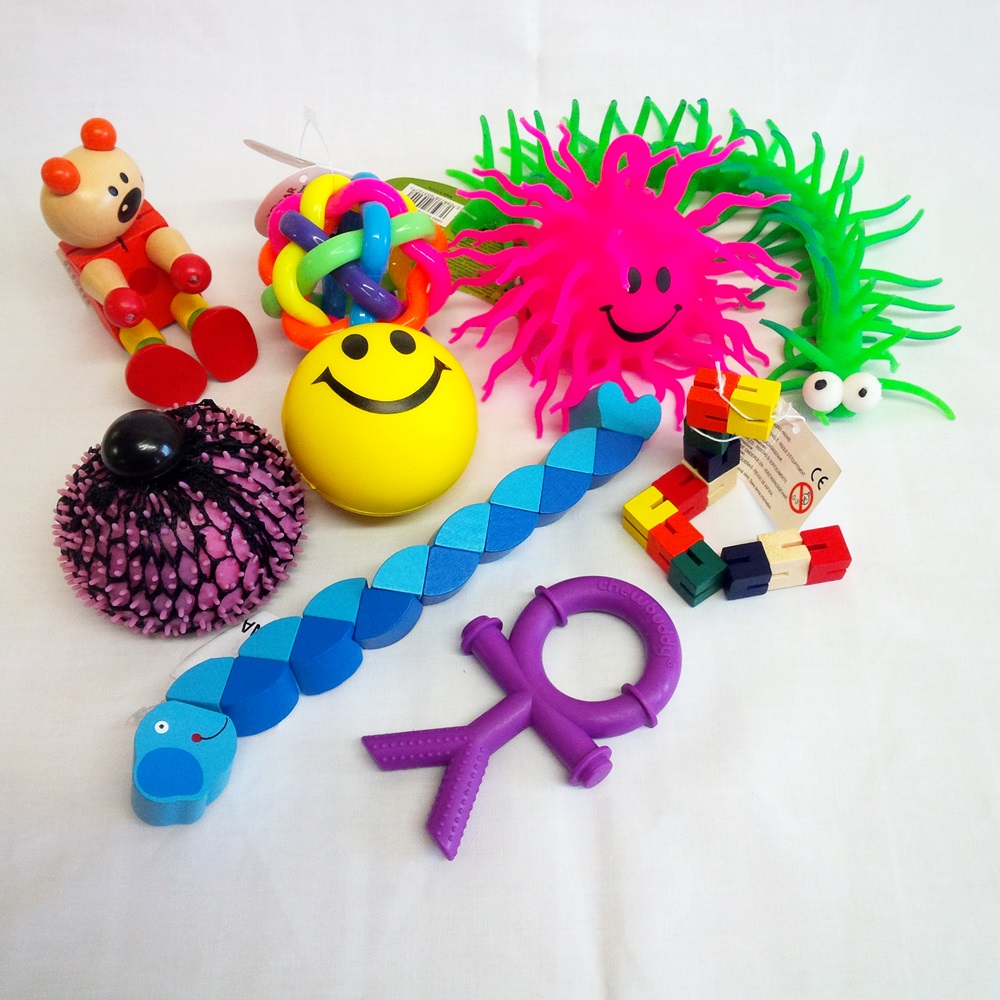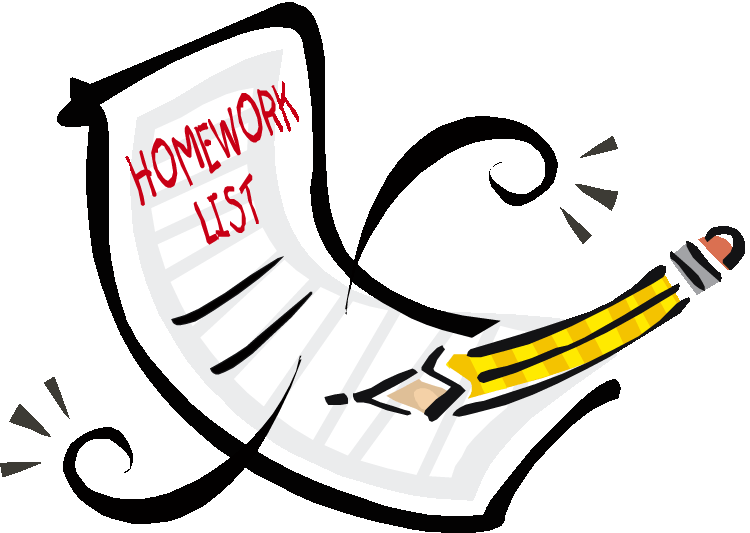Bullying- Signs of bullying and tips on how to help the victim and the bully
/Bullying
By Patience Domowski, LCSW
Bullying is such as big issue. It can cause anxiety, depression, eating disorders, even suicide. We’ve heard of school shootings as a result of bullying. Kids who are being bullied shouldn’t be told not to worry about it, or it’s just normal, because it's really affecting them in a negative way. Kids who are bullies shouldn't just be ignored, or just told to stop and not actually be disciplined for it. Most often bullying occurs at school, however it can occur in the neighborhood, in the community, on the playground, at summer camp, anywhere. Adults can even be bullied in the workplace. Sadly, sometimes children are even bullied by adults like parents and teachers.
Signs your child is being bullied:
-They suddenly don’t want to go to school
-They act anxious around other children or want to avoid the bus or school
-They regress in any way like reduced speech, potty accidents, less social, avoiding others
-They start acting angry for no apparent reason
-They talk about kids being ‘mean’, or call a sibling or someone else something you haven’t heard them say before (may have learned it from others)
-Being afraid or not wanting to go to certain places like camp, sports, etc (where the bullying may have occurred)
If your child is being bullied:
-Ask them if they are being bullied, and describe what bullying means (not just someone being mean occasionally, but constant put-down negative words, or physical aggression)
-Let them know it’s not their fault
-Tell them you will help them figure it out/make things better
-Try to build their self-esteem with some positive encouragement and affirmation
-Encourage child to tell the bully to please stop, say ‘that’s not nice’ or ‘I don't like that’.
-Suggest the child try to befriend the bully- sometimes bully children are just poor at knowing how to make friends and just want attention. If your child is nice to them sometimes the behavior will change.
-Otherwise suggest the child avoid the bully as much as possible, ask to not sit near them in class.
-Encourage the child to report the incident to the teacher or school counselor, if at school. (Some schools have a ‘Bully Box’ where you can put notes about incidents in them for the counselor to review).
-If child is too afraid to talk to school staff themselves, ask if they want mom/dad to step in and contact them. If the child says no- assess if the incidents seem severe enough the parents should step in regardless. Try to find out why the child doesn't want to tell on the bully- of they are worried the bullying will get worse or kids will tease them for being a ‘snitch’. If the parents tell, however, usually other students wouldn’t know.
-If the teacher or counselor fails to respond or doesn't do anything, follow up and go up to higher admin if the bullying is continuing and child is very affected. Recommend counselor talk to the bully child and the victim separately to work on the issue. Sometimes principals have to be involved. In some severe cases children need to change classes or schools.
-If incident is happening in the neighborhood or community- try to avoid the bully child if possible, parents can try to talk to the bully’s parents, if they are amenable to that. If severe- contact the police (such as physical assault for example).
-If child is very affected- severe anxiety, depression, suicidal statements, etc- have them talk to a crisis counselor or therapist as soon as possible.
If your child is the bully:
-Talk to them about how it makes the other person feel, and how they would feel it if was happening to them
-If they can articulate it try to have them say why they are doing this (to join in with others, because they think it's cool, they don't like a certain type of people, etc)
-Teach understanding and respect. Even if they dont like someone it doesn't mean they have to be mean about it.
-Provide discipline and consequences for bully behavior
-Work with the school counselor on addressing the issue, if it’s happening at school
-Encourage your child to make friends with others, especially if they are different to help them to be more inclusive
-Make sure as a parent you are modeling good behavior and not making comments about others that are rude or disrespectful that your child might pick up on. Again- even if you don't like a certain person or type of person it doesn't mean you have to be mean! Best to just do nothing if you can’t accept them.
-Have your child talk to a therapist if they continue to struggle. There could be more issues going on with them and they are taking it out on others.
To help your child decide if they are being bullied or not use this worksheet.
To help your child decide when to 'tell' on someone or not, use this decision worksheet.





















